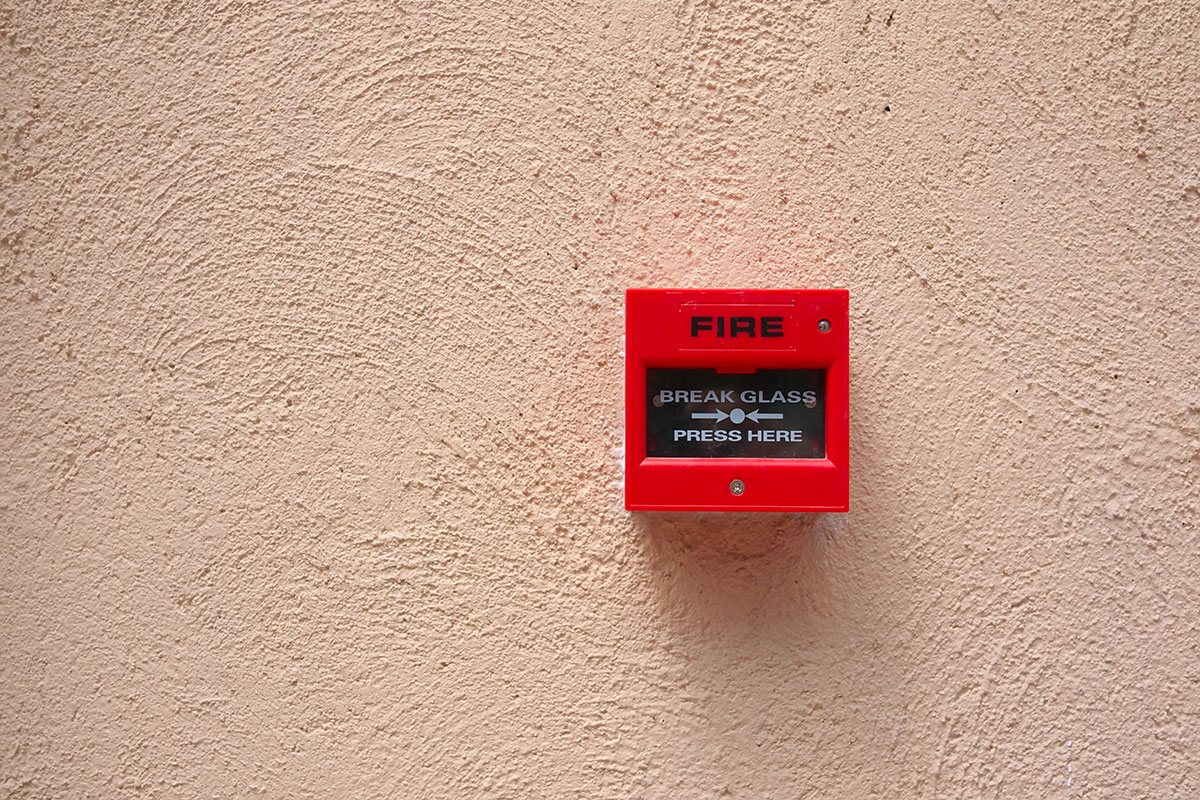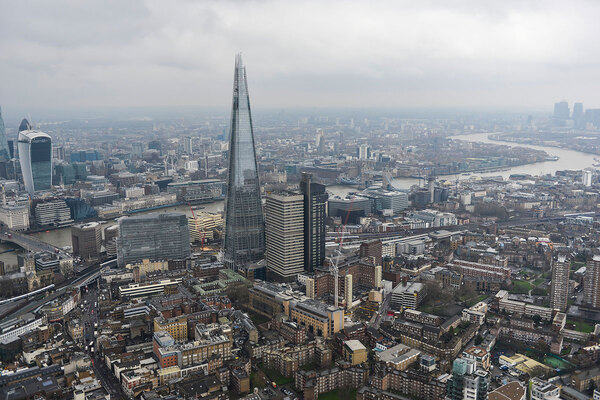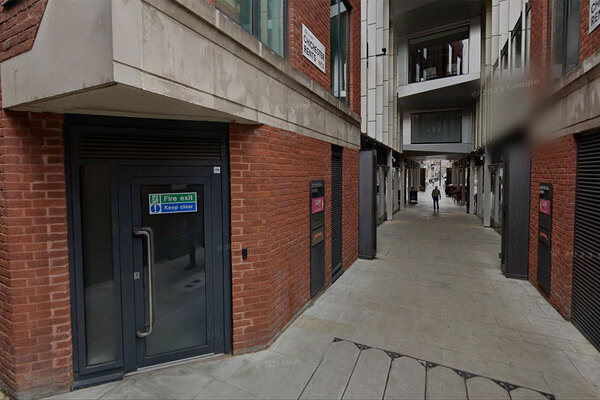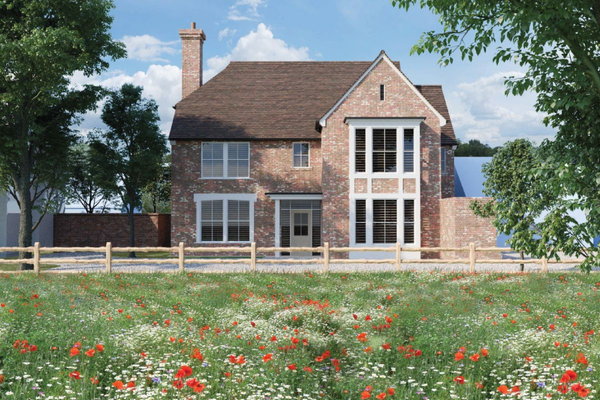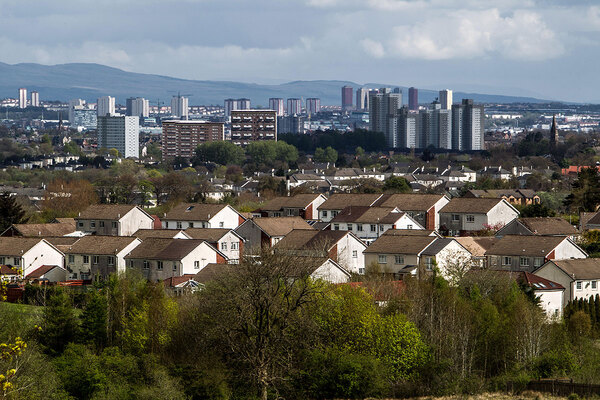The number of domestic fires are reducing, but what more can be done to understand how fires start?
Analysis by the Centre for Economics and Business Research, commissioned by Aico, has looked into the detail of where the most domestic fires are happening, as well as the cost of these fires. Aico’s Tina Mistry tells us more about the findings
In association with:

Since the Grenfell Tower Inquiry, a new Fire Safety Act and Building Safety Bill – along with new roles and a consumer regulation regime – have set the sector on a firm path to improving the safety of housing. The Building Safety Bill sets out that the building safety manager of a tall building has to demonstrate a resident engagement strategy to inform tenants about fire safety.
Home safety systems specialist Aico recently commissioned the Centre for Economics and Business Research (CEBR) to undertake data analysis on the causes of domestic fires – as well as safety, standards and regulations – to ask what social landlords might need to consider to communicate with residents to help reduce the number of domestic fires.
Inside Housing sat down with Tina Mistry, relationships manager at Aico, to find out more.
According to government statistics, the number of fires has fallen overall in the past decade. Why might that be?
The number of fires in homes in the UK were at an all-time high in 2003, at more than one million incidents. There has been a gradual decline since then and, looking at the data from the fires attended by fire and rescue services in England from April 2020 to March 2021, last year saw the fewest incidents since 2014-15.There were just over 151,000 fires, 27,000 of which were dwelling fires – a drop of 5% from the year before.
There are several reasons the number has reduced in the past 10 years. Regulations and safety standards have changed over time, more homes have fire alarms, and fire and rescue services are doing an incredible job of increasing awareness. More recently, the Decent Homes Standard has impacted the situation by defining what a safe dwelling means.
Fires are more likely to start in social housing. What do you think this might tell us?
Despite the reduction in fires in the past decade, there are consistent trends. For example, we know that the majority (46%) of accidental fires are started by cooking appliances. The CEBR analysis and the survey of 2,000 people across the UK from all sectors found that respondents owning their property through a shared ownership scheme were more likely to have experienced a fire than in any other tenure type. This amounted to 13.9% of individuals.
In terms of tenure types, those living in social housing were the most likely to report feeling unsafe from fire, at a rate of 9.4%. While the English Housing Survey and the National Survey for Wales do not cover the same population groups, it is nevertheless interesting to see that the tenure type with the least risk of a fire hazard – social housing – is the one where households feel the least safe from fire. This highlights the need for more extensive resident engagement policies.
To achieve this, we need to get to the root of why fires start. The research that CEBR has done so far creates more questions than answers, but it suggests a correlation between fires and ethnicity when considering fire incidence and the relative sizes of the Black, Bangladeshi or Pakistani communities. CEBR suggests these findings indicate that a possible relationship between fire incidence and ethnic heterogeneity is not simply a matter of the size of the non-white population, but rather concerns the relative concentration of particular ethnic groups.
Tina Mistry joined Aico in November 2015 as a regional specification manager in north London. She has now taken up the role of relationship manager.
Her objectives are to create strategic, collaborative partnerships across all nations and identify key barriers, work together to address them, and create change to keep residents safe.
This possible link is a small amount – an associated correlation coefficient of -0.14 – but this is something worth researching further and working out what the differentials are, such as age and generation, or culture, or faith. We don’t know why this might be and we need to delve deeper into the data.
This information could be useful when investing in an engagement strategy as part of the Building Safety Bill goals. It’s not simply about collecting compliance data on the building but also the resident and how they live. With this, a landlord can’t take a one-size-fits-all approach; instead a block-by-block survey is needed.
For example, when you look at employee status, language and age, you might find a different picture to what you first thought, such as a third-generation, English-speaking, tech-savvy community, so to engage with them, it might be better to go into local colleges and employ a different strategy to the older generation who speak English as a second or third language and might now be in the minority in that community.
As a landlord, if each area is broken down to understand who lives there and how to engage them, this will be the foundation of an engagement strategy that is based on understanding and not difficult to deliver.
What is the cost of fire?
According to the CEBR’s calculations, the average fire in the UK cost £30,800 per incident (£1.1bn in total) in 2019-20. This is not only the direct cost of damage to the property and insurance claims but also injuries, time off work or loss of earnings and relocation.
And this is only the material value. Almost one in 10 of us has experienced a domestic fire (that’s 5.1 million adults), and of those, 957,000 reported subsequent trauma. Parents of young children form the majority for this group. For me, the top line is the human impact. Fires don’t just have an impact on homes, they affect families and communities too, and once we understand this, we can campaign to change regulations.
I see the next stage of the research to be working with organisations to identify why fires occur and identifying stories that show the impact that fire has, and hopefully this will help to increase awareness and reduce the risk of fire.
In numbers
£25,000
Average cost of a fire in Scotland in 2019-20
5.1 million
Number of people in the UK who have experienced a domestic fire
According to the research, there are more fires in Scotland, but lower costs per fire and fewer fatalities. What can we learn from this?
Scotland has a higher rate of fires per capita than England, yet it saw a reduction in dwelling fire fatalities of 47.5% between 2019 and 2020, and the cost of a fire has reduced by 41.5%, compared with 23.2% and 24.4% in England and Wales respectively.
After the Grenfell Tower fire, Scotland introduced the Tolerable Standard, which sets out that every homeowner, private renter or social renter has the same amount of regulatory fire safety coverage.
In England, however, we don’t have a uniform standard. The private rented sector in England, for example, is only required to have at minimum a smoke alarm in each hall and landing – they’re not even interconnected.
If England followed Scotland’s lead, and then saw the same reduction in fatalities and costs at the same scale, it could potentially save £243m a year, not to mention the lives and reduction on trauma.
To improve the safety of homes, the sector needs to think in a more joined-up way; not just between the nations but also with the health sector and sustainability – all that landlords are beginning to do to reach decarbonisation goals has an impact on building safety and the ‘golden thread’ of requirements, and that impacts fuel poverty and the well-being of the resident. Thinking more holistically about properties and residents will overall create safer homes.
Sign up for our fire safety newsletter
Already have an account? Click here to manage your newsletters


